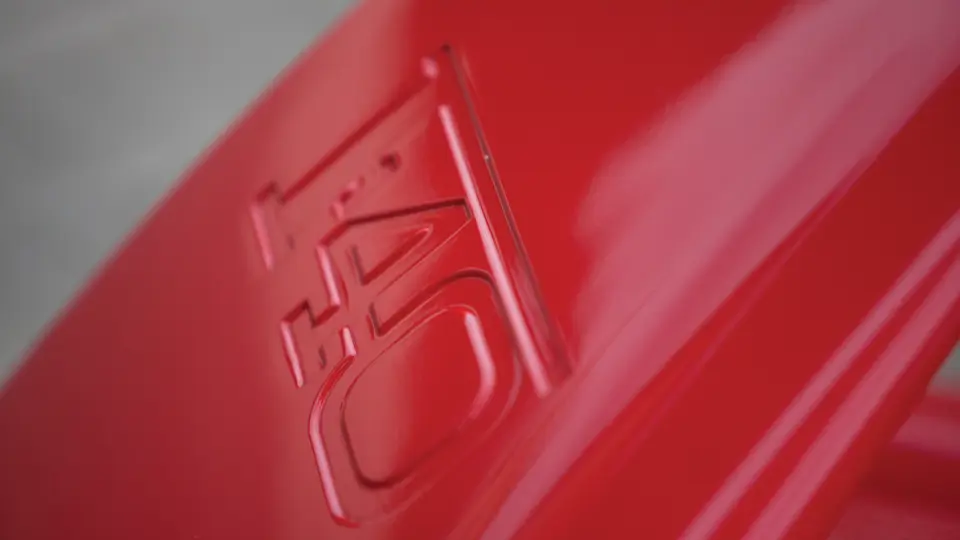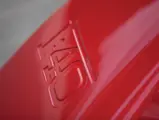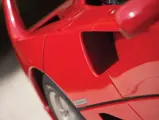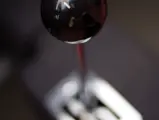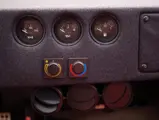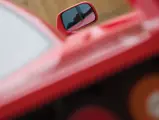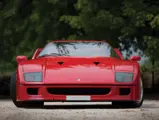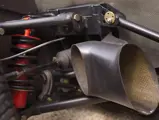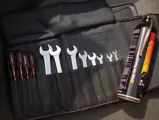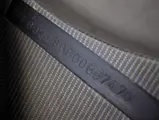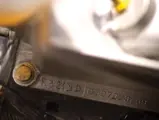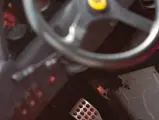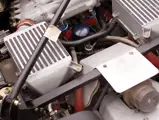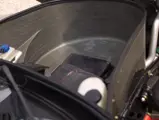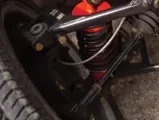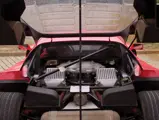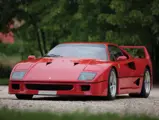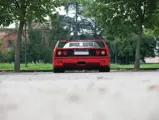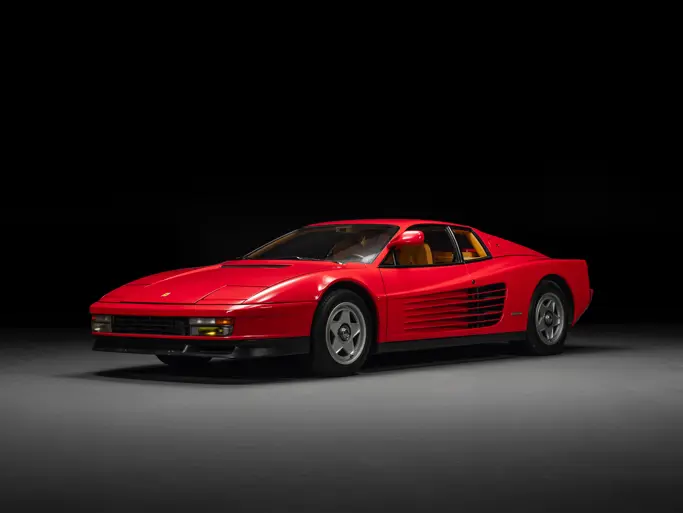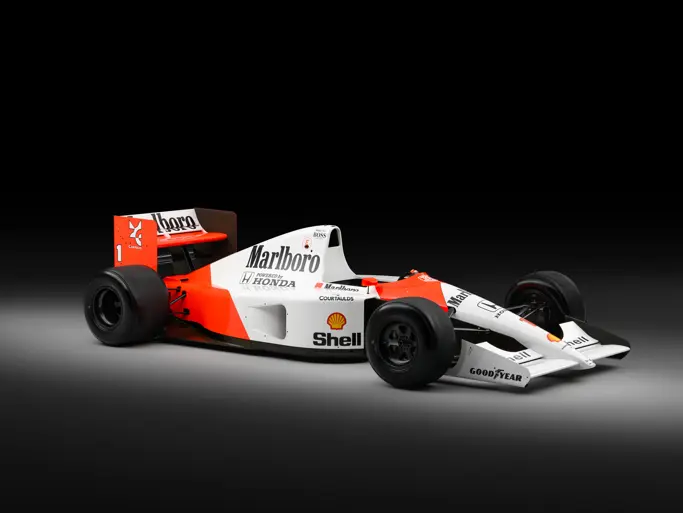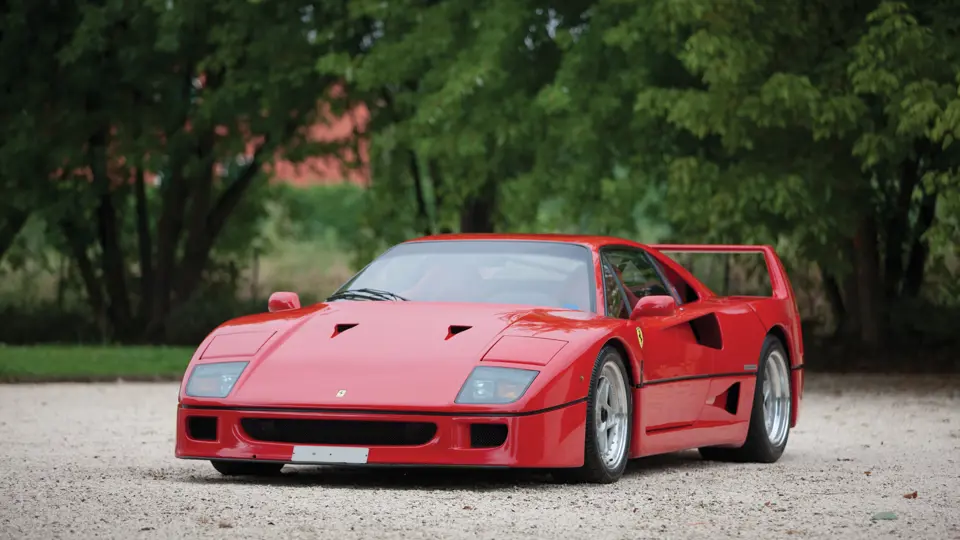
1989 Ferrari F40
{{lr.item.text}}
£761,600 GBP | Sold
{{bidding.lot.reserveStatusFormatted}}
- Single-family ownership since new
- Air conditioning, wind-up windows, and four-point Sabelt harnesses
- Desirable “Non-Cat, Non-Adjust” version
- Matching numbers; Ferrari Classiche certification pending
- Recently fully serviced by Motors Service S.r.l, which originally sold the car to its first owner
478 bhp, 2,936 cc DOHC twin turbo-charged 90-degree V-8 engine with Weber-Marelli engine management and fuel injection, five-speed manual gearbox, tubular steel and carbon composite chassis, independent double-wishbone suspension with Koni hydraulic shock absorbers and front and rear anti-roll bars, and four-wheel steel ventilated disc brakes. Wheelbase: 2,450 mm
Nineteen eighty-seven was a big year for Enzo Ferrari. Not only did he celebrate his ninetieth birthday, but more importantly to him, it was 40 years since he built his first car!
A year earlier, Enzo was reported to have said: “Let’s make something special for next year’s celebrations in the way we used to do it”. That special car was the F40, and it would be the last car that “The Grand Old Man”, as he was affectionately known, would see launched from his prized stable.
The name F40 was suggested by a friend of Ferrari, Gino Rancati. Rancati was just leaving Ferrari’s office after a meeting when he met with Razelli, the general manager, who showed him the new Ferrari that would be presented at the Frankfurt Motor Show. He asked what its name would be. Razelli replied that they had two or three possible names and then asked Rancati what he would call it. Rancati replied: “Since Ferrari’s biggest market is the United States, and since it is now 40 years since the first Ferrari car has appeared, it should have an English-language name, for example, ‘Ferrari Forty’”.
Rancati received a silver plaque with the inscription: “To Gino Rancati for a brilliant idea”. On the left was a black Cavallino Rampante and on the right was “F40 June 1987”.
An accompanying letter said: “Dear Rancati, with this plaque I want to commemorate our meeting on the 4th June when you kindly contributed to the choice of name for the GT car we presented at the Frankfurt Motor Show. Your contribution has produced excellent results—the ‘F forty’, based on the idea of 40 years of Ferrari cars, identifies and personalises the fastest Ferrari GT. Kindest regards, G.B. Razelli”. Next to this, in slightly shaky script in violet ink, was “To Signor Gino, Ferrari”.
The F40 was introduced as the fastest road car ever built. It was as simple as that, and no one could argue. The F40 created a huge stir when it was launched, as its aggressive, purposeful looks made it a car of great beauty. Its top speed was claimed as 201.3 mph (323 km/h), which was the first time any road car had bettered 200. It could accelerate from standstill to 60 mph (97 km/h) in 3.5 seconds or to twice that speed in just 11.5 seconds. The F40 continued the great Ferrari tradition of bridging the gap between road car and racing car. As this twin-turbo road racer weighed just 1,100 kilograms and utilised the latest Formula One technology, it was a driver’s dream, and it was quite staggering in every way.
The F40’s three-litre V-8 engine was derived from its predecessor, the 288 GTO. With bigger bores and a shorter stroke, the longitudinally mounted four-cam with twin IHI turbo chargers was a screamer of an engine, as it could produce 478 brake horsepower at 7,000 rpm and redline at a heart-stopping 7,700 rpm. The core of the chassis was of traditional welded tubular space-frame construction. The influence of the Formula One programme and the grand prix workshops could be seen in the cutting-edge composite materials, the carbon fibre, and the Kevlar that were utilised. These, as those in the racing Ferraris, were bonded into the frame, resulting in an expensive and time-consuming process. The result was a chassis about 20 per cent lighter, with a rigidity of about three times that of a conventional chassis.
Its stunning looks were, of course, the responsibility of Pininfarina. Sergio Pininfarina recalled, emotionally, the car’s launch: “In 1987, forty years after Ferrari won his first victory as a constructor in his own right, the event was celebrated by the appearance of the F40, a berlinetta with every right to be called the fastest car on the road. It has all the features of a racing car and of an ordinary road car, thus renewing the concept dear to the 1960s when everyday Ferraris were winning races all over the world. The F40 was the last car to be christened by Enzo Ferrari—my admiration and affection for him were immense; I was jealously proud of the esteem in which he held me, and for me, he was a guiding light”.
With a cost of nearly £200,000, Ferrari expected to sell several hundred F40s. They underestimated demand for the greatest supercar ever built. The first F40s delivered demanded premiums of up to three times their cost. Around 1,500 were eventually produced, and the F40 became the most profitable car in Ferrari history.
The F40 presented here comes from single-family ownership from new, and it has covered a mere 18,500 kilometres since being collected by the owner’s mechanic, Mr Luciano, from the factory in June 1989. The car was painted traditional Rosso Corsa and fitted with air conditioning, the desirable wind-up windows, and four-point Sabelt harnesses.
Unfortunately, in September 1989, the car was stolen; however, it was quickly recovered and a new set of locks were fitted. The owner again sent his mechanic to collect the car. Whilst driving the F40 home, Mr Luciano was stopped by the police. Unfortunately for him, the officials had not updated their system and believed the car was in fact still stolen. Mr Luciano was arrested and spent one night in jail, until the police realised their mistake and released the innocent mechanic!
Since The owner’s passing, the car has remained with his trusty mechanic. Mr Luciano has treated this car as if it were his own child, servicing it meticulously and always cleaning it thoroughly after every outing. He even created a bespoke secure storage box for the car in his garage. The car had to be pushed into the box and winched out, as the doors could not be opened once in the box.
On 20 June 2005, the car was serviced by Michelotto with 15,797 kilometres on the clock. More recently, and in preparation for the first time it will have been sold since new, the car was sent to the Ferrari factory in June 2014 to start the certification process. After the initial inspection, the car was found to conform to the certification standards, and as such, it will be presented to the upcoming CoCer (certification committee). It has also been serviced by Ferrari dealer Motors Service S.r.l. in Modena. The recent work included a full engine service, which included the cam belts and all fluids being replaced and properly setting the fuel injection. The engine was also subjected to a compression test, the gearbox oil was changed, and the brakes were overhauled. Finally, the car received a full set of new tyres. Invoices for this detailed service are available on request. This car presents a rare and special opportunity to obtain the holy grail of supercars, and one with ultra-desirable single-family ownership from new.
Enzo Ferrari’s last great statement was the F40, and it was and still is uncompromisingly stunning. In his own words, it was “the best Ferrari ever”.


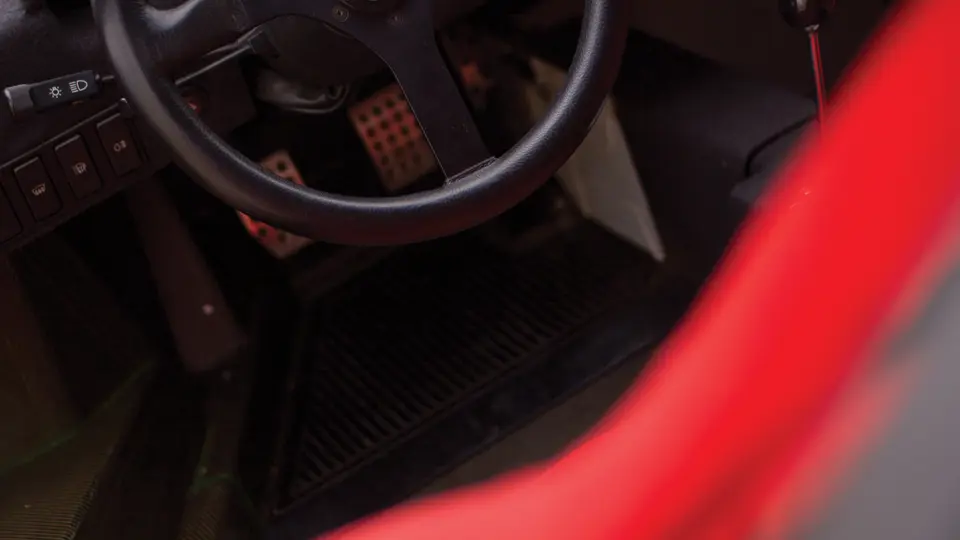


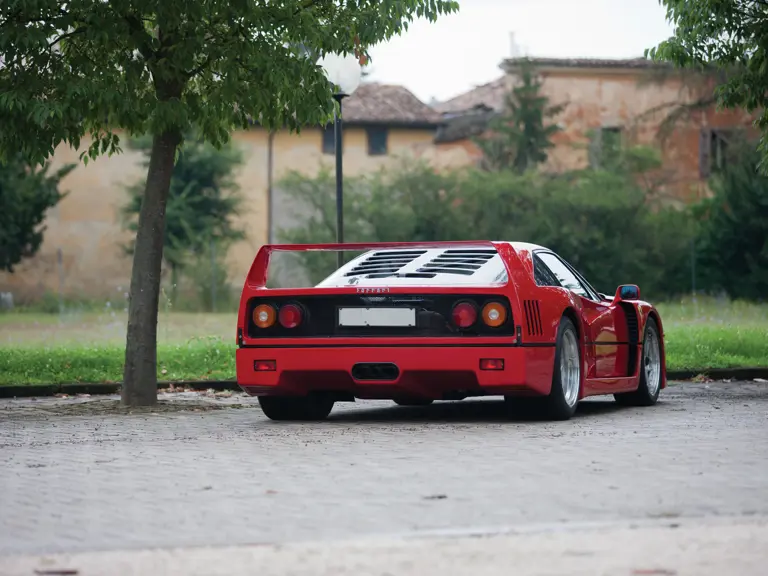
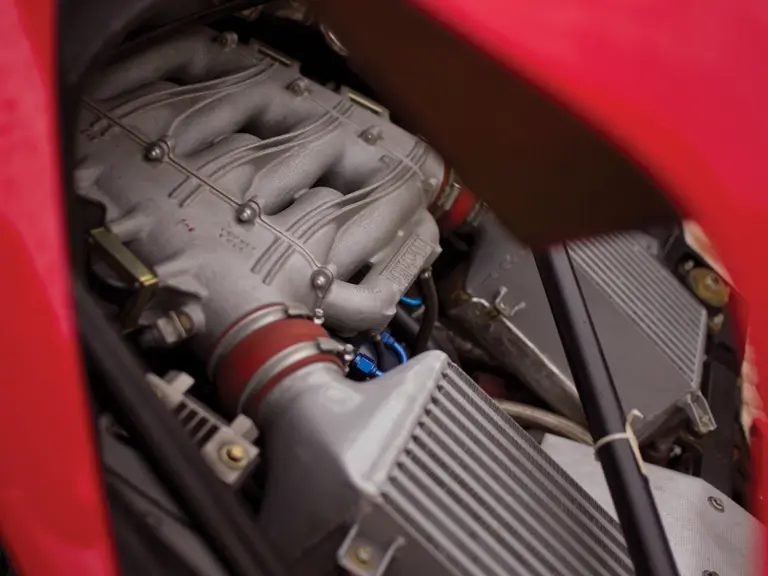
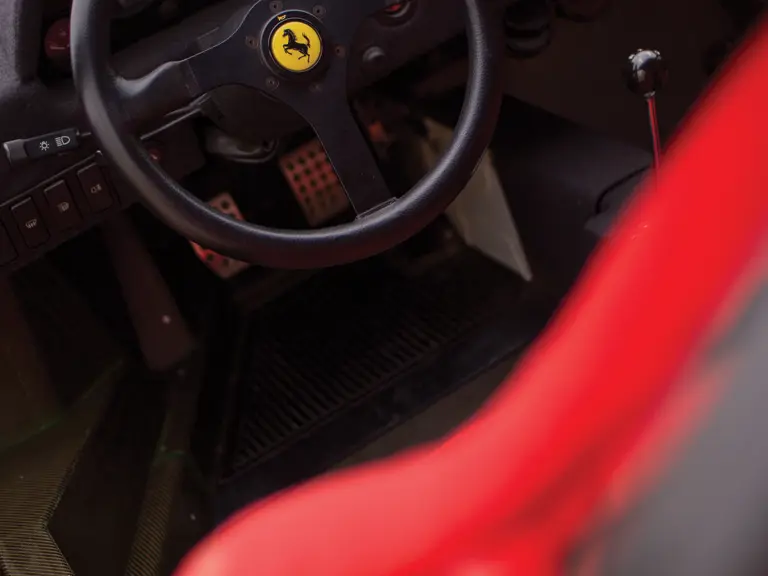
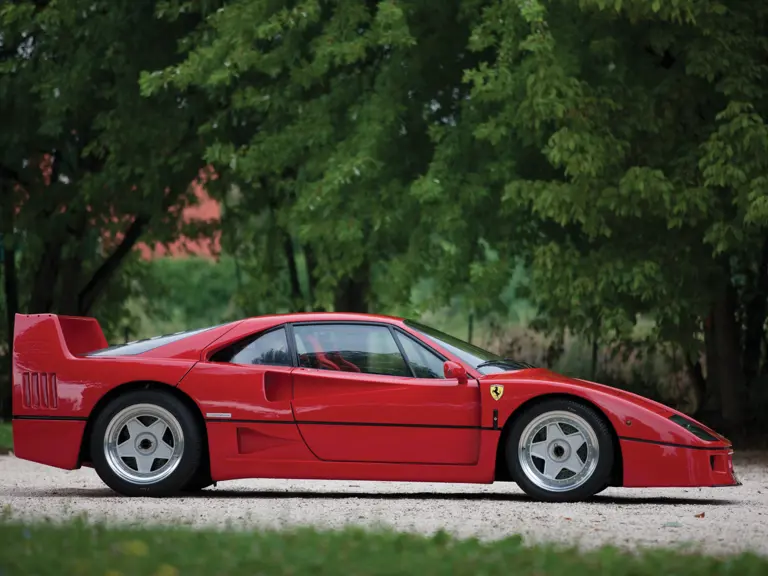
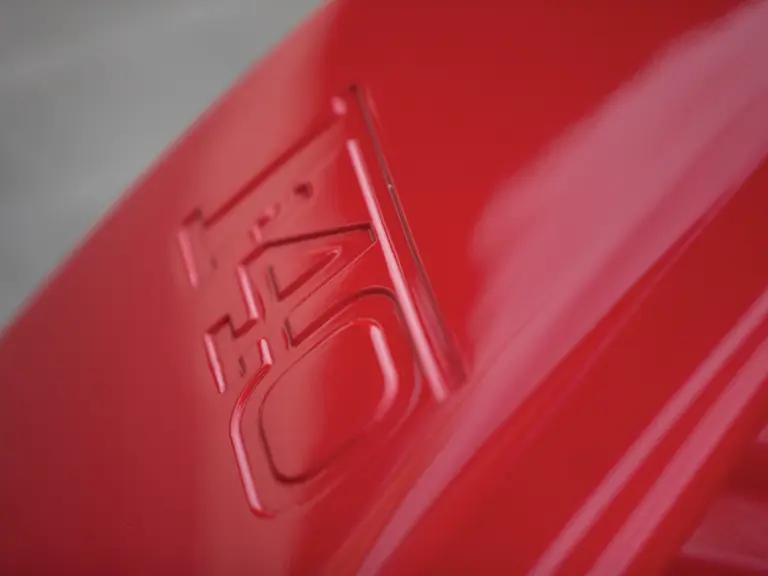

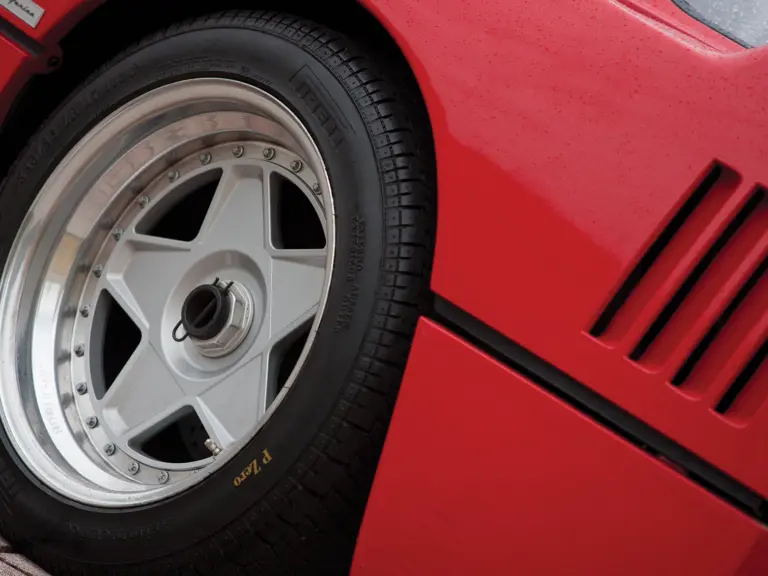
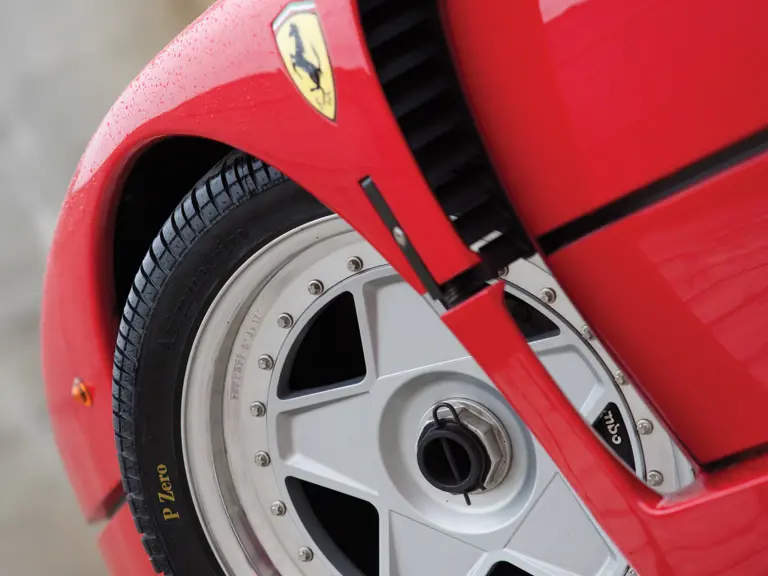

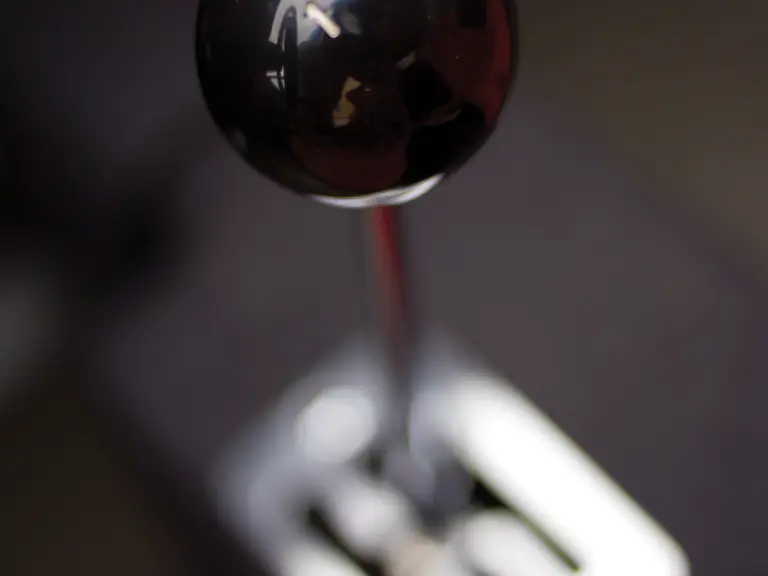

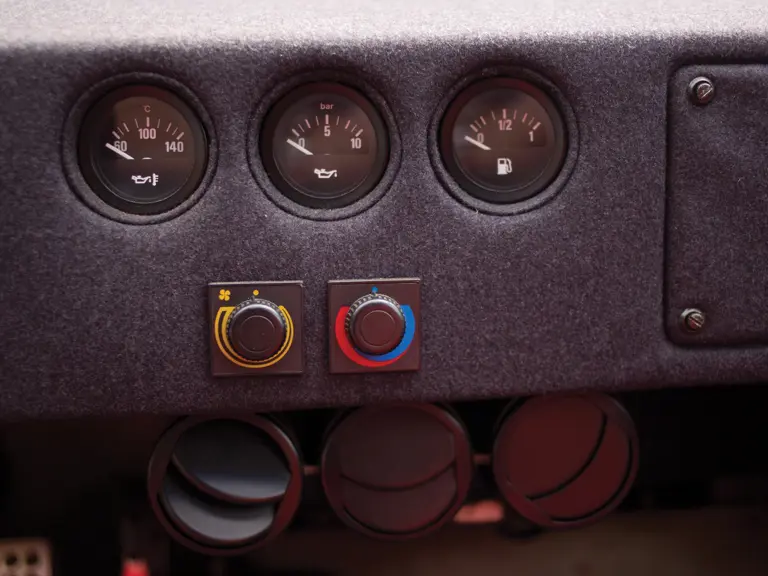
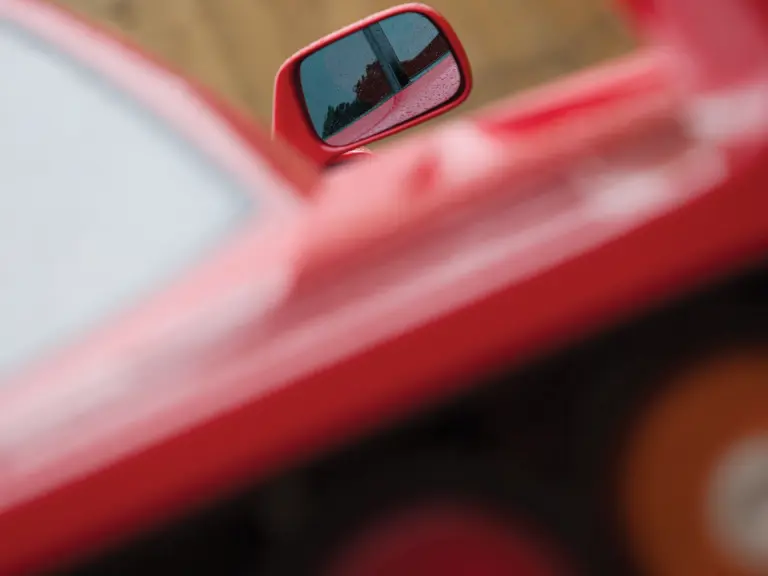

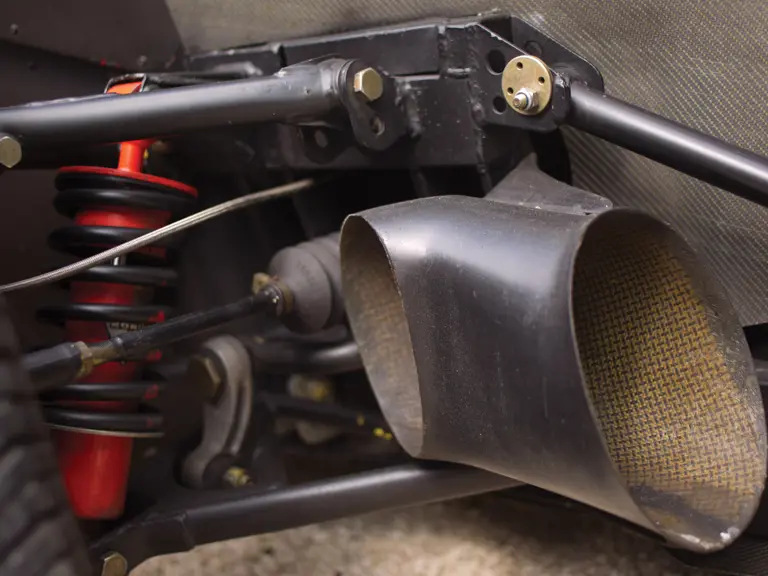

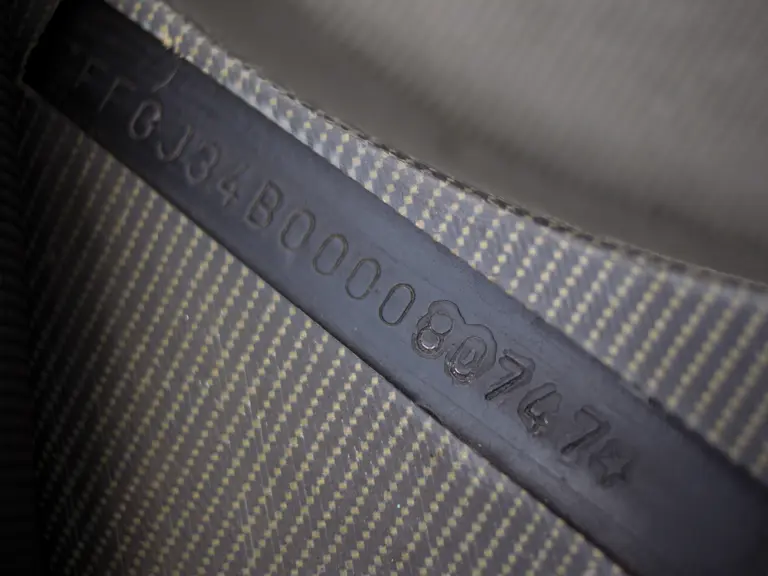
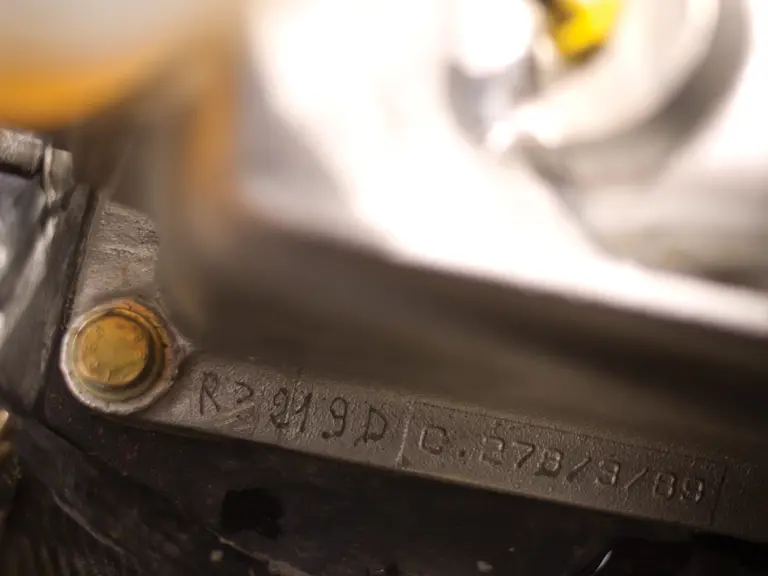
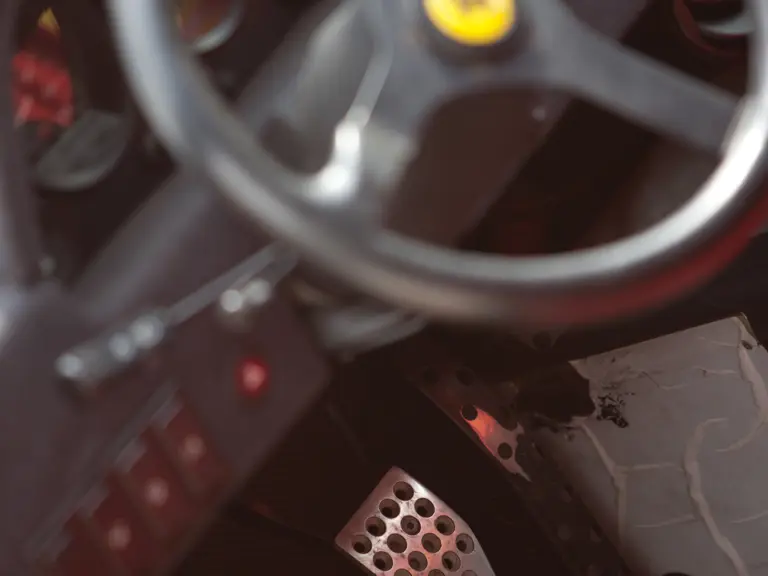

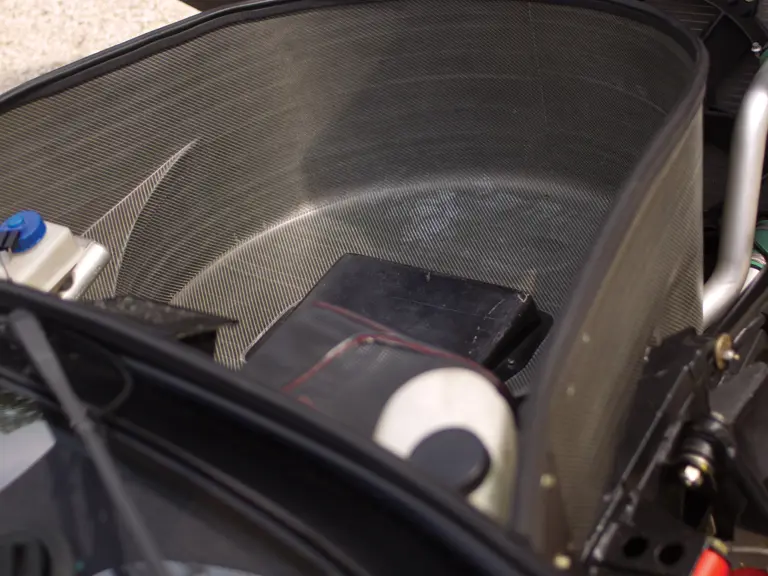


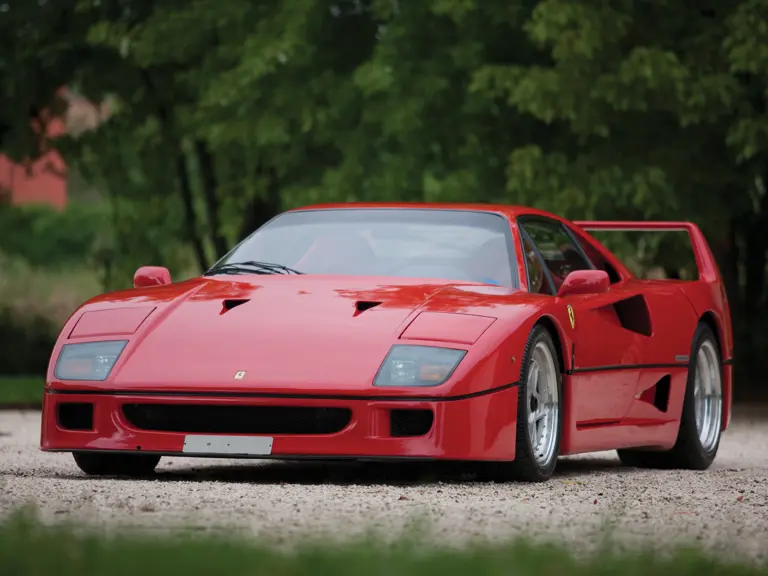
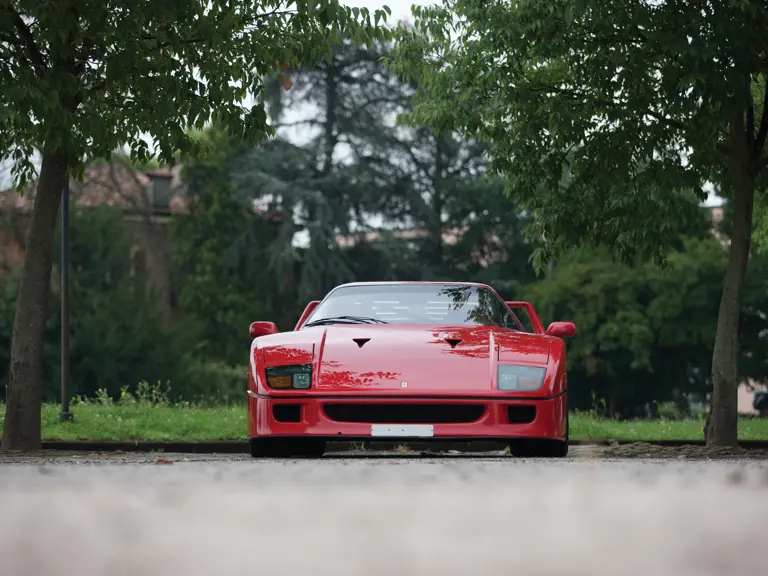

 | London, United Kingdom
| London, United Kingdom

